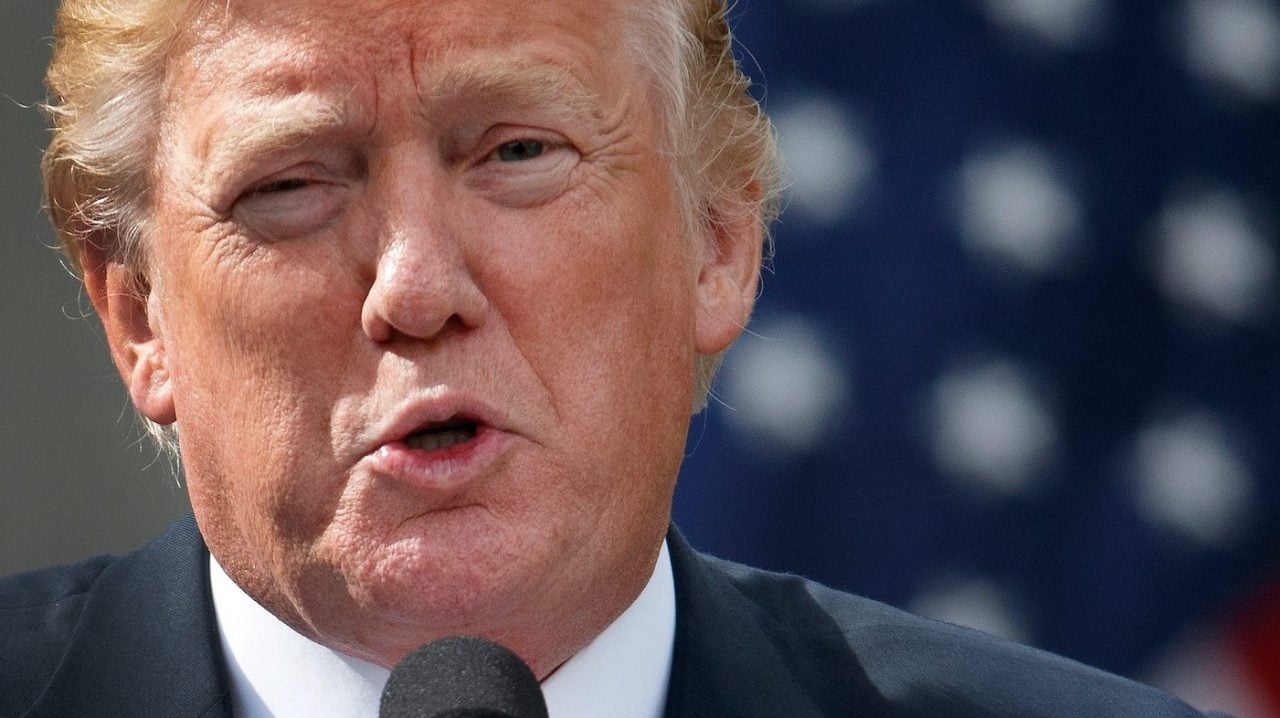Tax cuts and pandemic relief measures enacted during the Trump administration added $8.4 trillion to the national debt over the 10-year budget window, according to a study released Wednesday by a top budget watchdog group.
Discretionary spending increases from 2018 and 2019 added $2.1 trillion, Trump’s signature Tax Cuts and Jobs Act added $1.9 trillion and the 2020 bipartisan CARES Act for pandemic relief added another $1.9 trillion, the Committee for a Responsible Federal Budget (CRFB), a Washington think tank, found in a study released earlier this month.
“Of the $8.4 trillion President Trump added to the debt, $3.6 trillion came from COVID relief laws and executive orders, $2.5 trillion from tax cut laws, and $2.3 trillion from spending increases, with the remaining executive orders having costs and savings that largely offset each other,” budget experts with the CRFB wrote in a summary of the report.
The only significant deficit reduction enacted by the Trump administration noted in the report was due to tariffs levied on a variety of imported goods, which are calculated to have brought in $445 billion over 10 years.



Revenue has largely been flat despite an increase in GDP. explain again how an increase in economic activity- which would be reflected in GDP- increases revenue again?
From the Treasury:
Because most of the increased income has been going to billionaires and their corporations who have been finding ever more ways to avoid paying their fair share. GDP is really bad metric for the country’s economy as a whole when the vast majority of the wealth belongs to very few.
With a colossal public works program NOT involving billionaires and their corporations, the added gains would not be lost to tax avoidance AND most of the money would be going where it’s needed the most (to the working poor and the middle class), making the economy healthier and more efficient, which in turn will itself increase productivity and tax revenue dramatically.